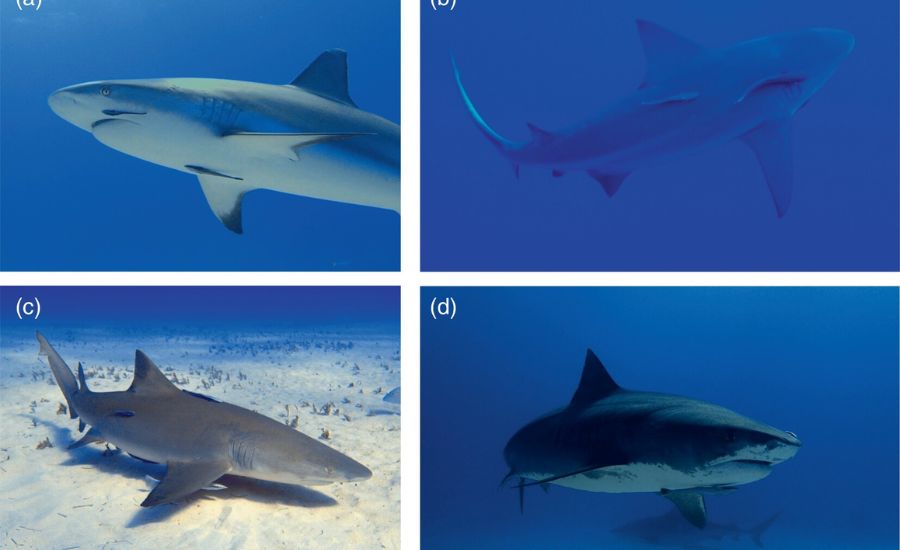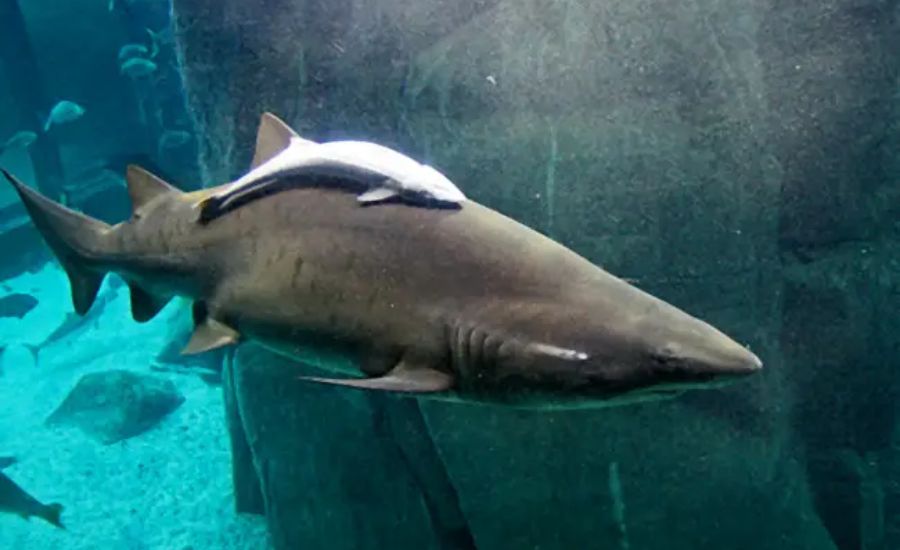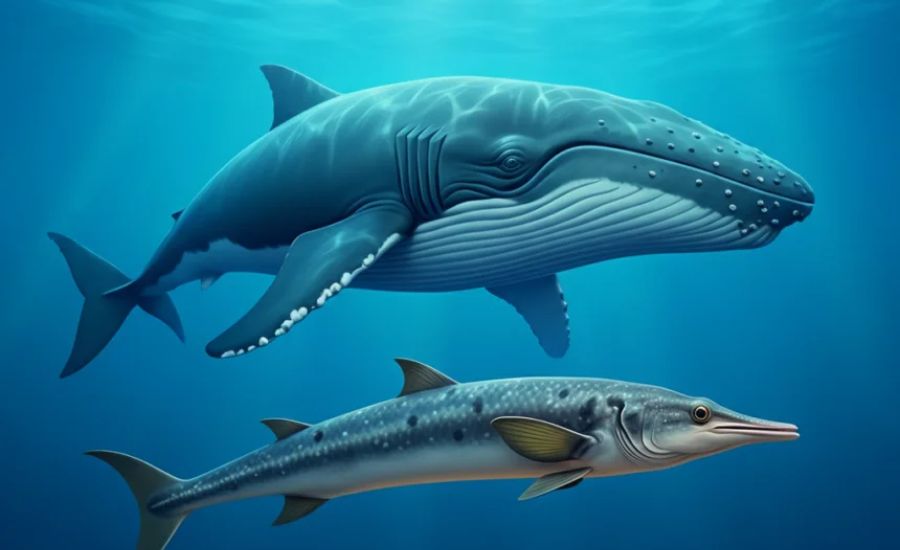Introduction to Ls a Remora Fish a Producer Consumer or Decomposer
Are Remora Angle Shoppers or Decomposers, regularly seen clinging to bigger marine creatures like sharks and whales, are interesting animals that have provoked the intrigued of marine scholars and sea devotees alike. This investigation dives into whether remoras are customers or decomposers and enlightens their interesting part inside marine ecosystems.
The Part of the Remora Angle in Marine Ecosystems
The remora angle, too known as the suckerfish, is a interesting marine species. Found in seas around the world, these angle are known for their interesting capacity to join themselves to bigger marine creatures like sharks, turtles, and whales. This raises the address: Is a remora angle a maker, customer, or decomposer? To reply this, we must to begin with investigate their slim down and intuitive with other marine organisms.
What Characterizes a Maker, Buyer, or Decomposer?
Producers are living beings like plants and green growth that make their possess nourishment through photosynthesis.
- Consumers are living beings that depend on other living creatures for their vitality needs.
- Decomposers corrupt dead natural matter into easier components.
Given these definitions, the address emerges: is a remora angle a maker customer or decomposer?
What Are Makers, Shoppers, and Decomposers?
Before understanding where the remora fits, it’s imperative to to begin with characterize the three essential environmental parts in any ecosystem.
Producers
Producers frame the base of the nourishment chain. These are life forms, such as plants, green growth, and a few microscopic organisms, that can deliver nourishment through photosynthesis. They saddle vitality from the sun and change over it into food that shoppers and decomposers depend on.
Example: Seagrass in marine environments gives nourishment for different herbivores like ocean turtles.
Consumers
Consumers depend on other living beings for food. They cannot deliver their claim nourishment and are classified assist into herbivores, carnivores, omnivores, and foragers based on their diet.
Example: Sharks, which eat littler angle and marine warm blooded creatures, are pinnacle predators and consumers.
Decomposers
Decomposers break down dead life forms and natural matter, reusing supplements back into the environment. These living beings, such as organisms and microbes, play a basic part in keeping up environmental balance.
Example: Marine parasites break down dead angle and green growth, discharging supplements back into the water.
Now that we get it these parts, it’s time to look at where the remora fits.

The remora angle is a shopper. Particularly, it is classified as a auxiliary or tertiary shopper, depending on the source of its nourishment. Not at all like makers, which synthesize their possess nourishment, remoras depend on outside food, gotten through their advantageous relationship with bigger marine animals.
What Does the Remora Angle Eat?
The slim down of the remora basically comprises of scraps cleared out behind by its have. It bolsters on parts of prey, parasites, and dead skin from the surface of its have. Moreover, remoras may devour little tiny fish and free-floating natural debris.
This bolstering behavior cements the remora’s position as a shopper in the environment. Its reliance on host-derived scraps and other natural matter recognizes it from makers and decomposers.
The Remora’s Advantageous Relationship
What makes the remora angle especially curiously is the advantageous relationship it offers with have creatures like sharks, whales, and turtles. This interaction is classified as commensalism, where one species benefits whereas the other remains unaffected.
Benefits for the Remora Fish
By connecting itself to bigger creatures, the remora gains:
Transportation: Free rides over the sea, sparing energy.
Protection: Remaining near to a expansive predator keeps the remora secure from other predators.
Feeding Openings: Get to to nourishment scraps, parasites, and natural flotsam and jetsam from the host’s body.
Benefits for the Host
Although the relationship is fundamentally seen as profiting the remora, it can once in a while advantage the have in the taking after ways:
Cleaning Impact: By bolstering on parasites and dead skin, remoras offer assistance keep up the host’s hygiene.
Improved Hydrodynamics: By joining to key regions of the host’s body, remoras can diminish drag for the have as they move through the water.
This commonly advantageous course of action highlights the remora’s special biological specialty and its dependence on bigger marine creatures for survival.
Analyzing the Environmental Commitments of Are Remora Angle Customers or Decomposers
The Advantageous Way of life of Remoras: Mutualism at Sea
remoras show a frame of mutualism where both the remora and its have advantage. The remora picks up transportation and scraps of nourishment from the host’s suppers, whereas the have gets a cleaning benefit as remoras expel parasites and dead skin.
Clarifying Misguided judgments: Why Are Remora Angle Shoppers or Decomposers Are Consumers
unlike makers, which make their claim nourishment through photosynthesis, or decomposers, which break down dead matter, remoras do not fit these categories. They are buyers, bolstering straightforwardly on nourishment scraps from their hosts’ suppers and little life forms like parasites from their hosts’ bodies.
Dismissing the Decomposer Role
Remoras do not break down natural fabric into easier compounds, which is a key characteristic of decomposers. Their part is entirely as customers inside the marine nourishment chain.
The Affect of Remora Angle on Marine Nourishment Webs
Navigating the Nourishment Chain: Remoras’ Position
In the marine nourishment web, remoras play a significant part by keeping their has clean and sound, which by implication influences the wellbeing of the marine biological system. Their utilization propensities offer assistance control parasite populaces and guarantee the prosperity of bigger marine animals.
Evolutionary Adjustments for a Wasteful Life
the special adjustments of remoras, such as their suction plate, empower them to keep up near vicinity to their nourishment sources, exhibiting an fabulous case of developmental specialization for a customer lifestyle.
Practical Experiences: Understanding Remoras Through Coordinate Observation

Tips for marine eyewitnesses and analysts incorporate noticing the behavior of remoras with distinctive has to superior get it their dietary designs and their part in supplement cycling inside the ocean.
The Nourishing Propensities of Remora Fish
Remora angle are not makers, as they do not deliver their claim nourishment through photosynthesis. Instep, they expend scraps of nourishment from their have creatures and nourish on parasites found on their host’s body. This behavior immovably categorizes them as shoppers. is a remora angle a maker shopper or decomposer? The reply gets to be clearer: they are consumers.
Mutualism in Action
The remora angle locks in in a advantageous relationship known as mutualism. Whereas they advantage by getting nourishment and transportation, their has too pick up by having parasites expelled from their bodies. This relationship exhibits how interconnected marine biological systems are. But still, the address waits: is a remora angle a maker buyer or decomposer?
Why Remoras Are Not Producers
To clarify advance, remoras need chlorophyll and the cellular structures required for photosynthesis. Not at all like makers, they depend totally on outside nourishment sources. Subsequently, is a remora angle a maker buyer or decomposer? kills the plausibility of them being producers.
Why Remoras Are Not Decomposers
Decomposers like parasites and microscopic organisms are basic in breaking down natural fabric. The remora angle does not show any behavior associated to decay. This reinforces the contention that is a remora angle a maker buyer or decomposer? affirms their buyer status.
The Environmental Significance of Consumers
Consumers like remora angle are imperative for keeping up adjust in environments. By devouring parasites and remaining nourishment, they offer assistance keep their have species more advantageous. The continuous address of whether a remora angle is a maker, customer, or decomposer underscores their buyer part in marine environments.
Adaptations That Bolster Their Role
Remoras have a altered dorsal blade that acts as a suction glass, permitting them to connect to bigger creatures. This adjustment highlights their reliance on has for survival, encourage affirming their classification as shoppers. In this way, is a remora angle a maker buyer or decomposer? has a conclusive answer.
The Part of Remoras in Nourishment Chains
Remoras possess a special specialty in the broader setting of marine nourishment chains. As buyers, they contribute to vitality exchange and supplement reusing. The repeating address of is a remora angle a maker buyer or decomposer? is essential in understanding their biological position.
Facts :
- Symbiotic Relationship: Remoras attach themselves to larger marine animals like sharks, whales, and turtles using a specialized suction disc on their heads.
- Consumer Classification: Remoras are secondary or tertiary consumers, feeding on scraps of food, parasites, and dead skin from their hosts.
- Not Decomposers or Producers: They do not photosynthesize or break down organic material, ruling out producer and decomposer roles.
- Commensalism & Mutualism: While typically considered commensals (benefiting without harming the host), they may also provide mutual benefits by cleaning parasites off their hosts.
- Hydrodynamic Benefits: By attaching to hosts, remoras reduce their own energy expenditure and may also improve the host’s movement efficiency.
Summary
Remoras, also known as suckerfish, are marine creatures that attach themselves to larger animals like sharks and whales. They feed on food scraps, parasites, and dead skin from their hosts, classifying them as consumers rather than producers or decomposers. Their relationship with hosts is mostly commensal, but they sometimes provide mutual benefits by keeping hosts free from parasites. Remoras play an essential role in marine ecosystems by contributing to nutrient recycling and the overall health of marine species.
FAQs:
- Are remoras harmful to their hosts?
- No, they are generally harmless and may even help by removing parasites.
- How do remoras attach to larger animals?
- They use a modified dorsal fin that acts as a suction disc.
- What do remoras eat?
- They consume leftover food scraps, parasites, and dead skin from their hosts.
- Are remoras producers, consumers, or decomposers?
- Remoras are consumers because they depend on external food sources.
- Do remoras ever swim freely?
- Yes, they can detach and swim independently when needed.
- What benefits do remoras provide to their hosts?
- They help by removing parasites and dead skin, potentially improving host health.
- Where can remoras be found?
- They are found in oceans worldwide, commonly in tropical and subtropical waters.
Read More About Fish At: Discovermindfully






